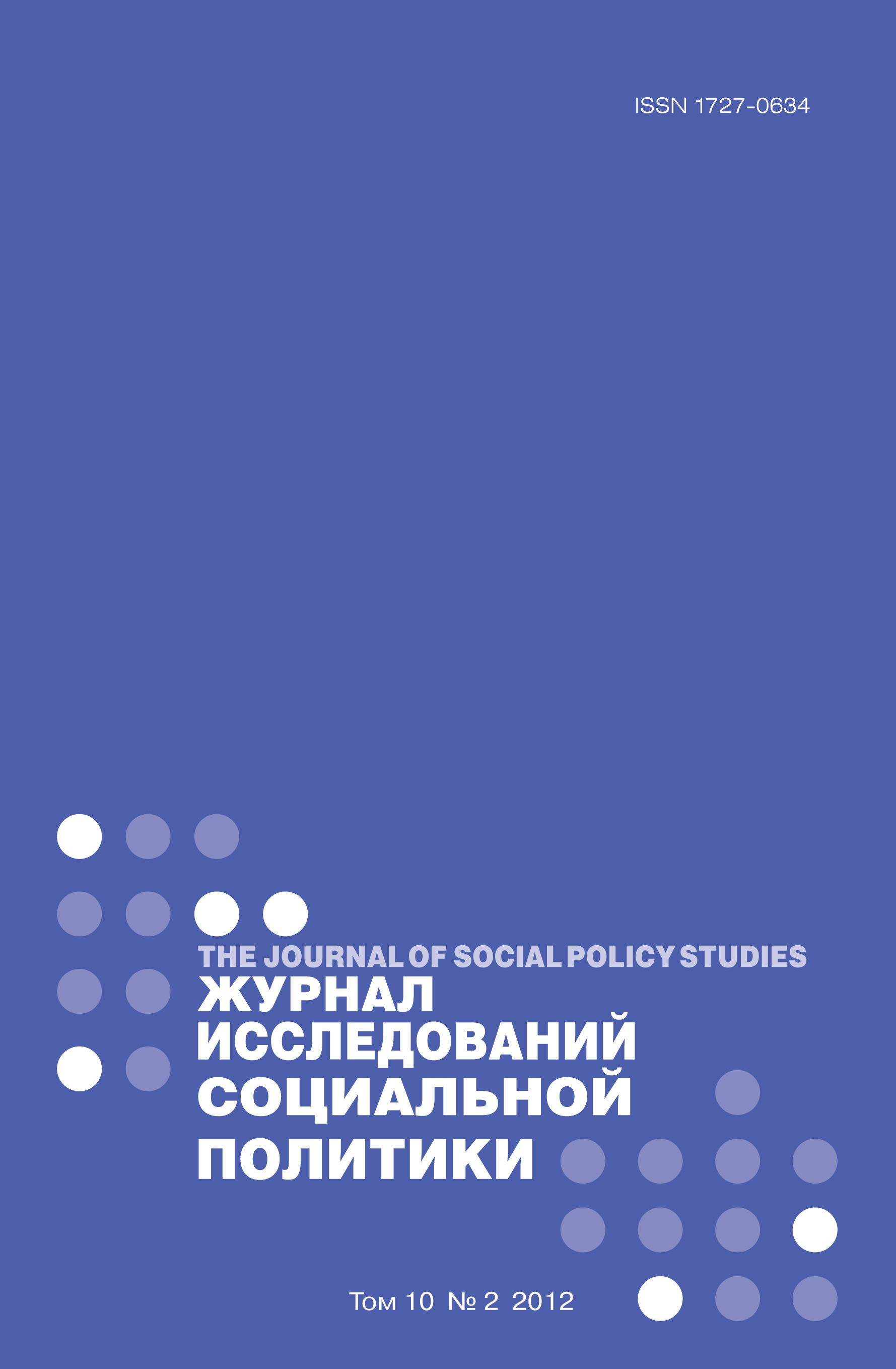Incapacitation in the Mining Industry of the Urals in late XVIII – early XX centuries
Abstract
The mining and metallurgical industries of the Urals in the late XVIII to the early XX century shaped the Russian understanding of labor resources as numerous disabilities and work-related deaths took their toll on the populations involved in the dangerous enterprises. Due to the poor working conditions and industry-related diseases of the Urals mining districts, the population began to sustain a significant portion of disabled persons. A deep analysis of recorded documents from mining and factory offices including statistical data, as well as hospital and physicians records reveal the physical costs that laborers were subjected to in their daily work. The entire production cycle is analyzed: extraction of raw materials at mines, charring, blast-furnace, pig-iron, puddling production, manufacture of copper, as well as metal treating and weapons production. A lifetime of mining for metal ore meant incredibly strenuous work in dark, damp conditions with poor ventilation, which led to long-term spinal problems or hernias alongside the daily risk of carbon monoxide poisoning or prolonged respiratory infections. In the “hot” shops and factories manufacturing metal goods such as weapons production, working near blast-furnaces and molten metal caused metals and coal dust to saturate the air leading to breathing problems such as acute tuberculosis. Dangerous machinery coupled with fatigue often led to traumatic injuries that left the victim unable to work. By the middle of the XVIII century, child labor had begun to supplement adult workers. However, the health problems developed at such a young age had the effect of prematurely wearing of males that would otherwise have been strong laborers. Owing to the physical destruction of its labor resources through incapacitation the mining and metallurgical industry of the Ural district the Russian definition of disability was defined as the loss of the ability to work until 1995. The labor resource inefficiencies borne by the occupational injuries, diseases and deaths resulted in a legacy of the Ural workers as heroic and strong, but mutilated by their lives of toil. The Ural identity that represented the sacrifice and monstrosity of the industrial era quickly became an aspect of the national consciousness that pervaded the whole of the mining and metallurgical industry.















